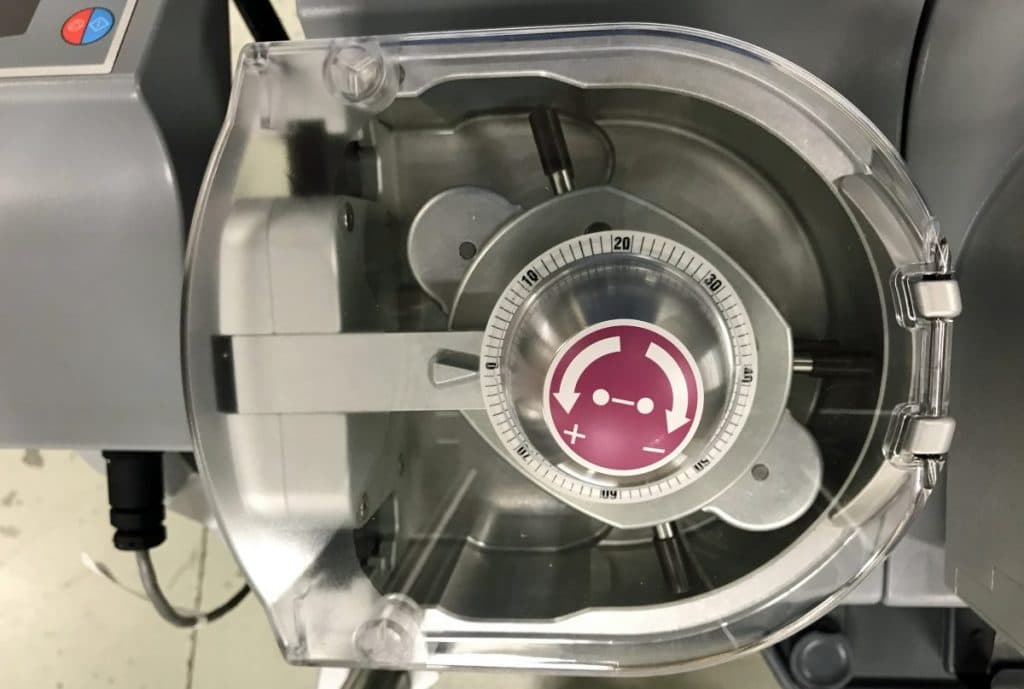Cardiopulmonary Bypass and Internal Thoracic Artery: Can Roller or Centrifugal Pumps Change Vascular Reactivity of the Graft? The IPITA Study: A Randomized Controlled Clinical Trial

Background
Cardiopulmonary bypass (CPB) induces a systemic inflammatory response (SIRS) and affects the organ vascular bed. Experimentally, the lack of pulsatility alters myogenic tone of resistance arteries and increases the parietal inflammatory response. The purpose of this study was to compare the vascular reactivity of the internal thoracic arteries (ITAs) due to the inflammatory response between patients undergoing coronary artery bypass grafting (CABG) under CPB with a roller pump or with a centrifugal pump.
Methods
Eighty elective male patients undergoing CABG were selected using one or two internal thoracic arteries under CPB with a roller pump (RP group) or centrifugal pump (CFP group). ITA samples were collected before starting CPB (Time 1) and before the last coronary anastomosis during aortic cross clamping (Time 2). The primary endpoint was the endothelium-dependent relaxation of ITAs investigated using wire-myography. The secondary endpoint was the parietal inflammatory response of arteries defined by the measurements of superoxide levels, leukocytes and lymphocytes rate and gene expression of inflammatory proteins using. Terminal complement complex activation (SC5b-9) and neutrophil activation (elastase) analysis were performed on arterial blood at the same times.
Results
Exposure time of ITAs to the pump flow was respectively 43.3 minutes in the RP group and 45.7 minutes in the CFP group. Acetylcholine-dependent relaxation was conserved in the two groups whatever the time. Gene expression of C3 and C4a in the artery wall decreased from Time 1 to Time 2. No oxidative stress was observed in the graft. There was no difference between the groups concerning the leukocytes and lymphocytes rate. SC5b-9 and elastase increased between Time 1 and Time 2.
Conclusion
Endothelium-dependent relaxation of the internal thoracic arteries was preserved during CPB whatever the type of pump used. The inflammatory response observed in the blood was not found in the graft wall within this time frame.
